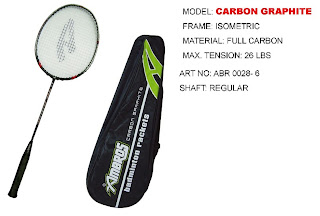A stylish alternative. Choose an interior color that complements your photos, images, and text. Available in multiple colors and sizes. Dishwasher and microwave safe. Imported.
Found in the composite fibre shop category at Zazzle, this one-of-a-kind carbon fibre custom drinking mug was submitted by a imaginative Zazzle seller called bartonle clay design. Given the name of “carbon fibre mug”, this customizable drinking mug represents just a small sample of the countless number of excellent composite fibre coffee mugs that are offered in the community marketplace. While bartonle clay design justly called this personalized mug the “carbon fibre mug”, you will find similar merchandise by searching for the following tags: "composite fibre", "carbon", "carbon fibre texture", or "classic fibre". Without a doubt, you will surely find the perfect customizable drinking mug design in a jiffy.
Carbon-fiber-reinforced polymer or carbon-fiber-reinforced plastic (CFRP or CRP or often simply carbon fiber), is a very strong and light fiber-reinforced polymer which contains carbon fibers. The polymer is most often epoxy, but other polymers, such as polyester, vinyl ester or nylon, are sometimes used. The composite may contain other fibers, such as Kevlar, aluminium, or glass fibers, as well as carbon fiber. The strongest and most expensive of these additives, carbon nanotubes, are contained in some primarily polymer baseball bats, car parts and even golf clubs where economically viable. This product is simulated graphic of carbon fibre..it isn't made from carbon fibre :) even so looks awesome! .












